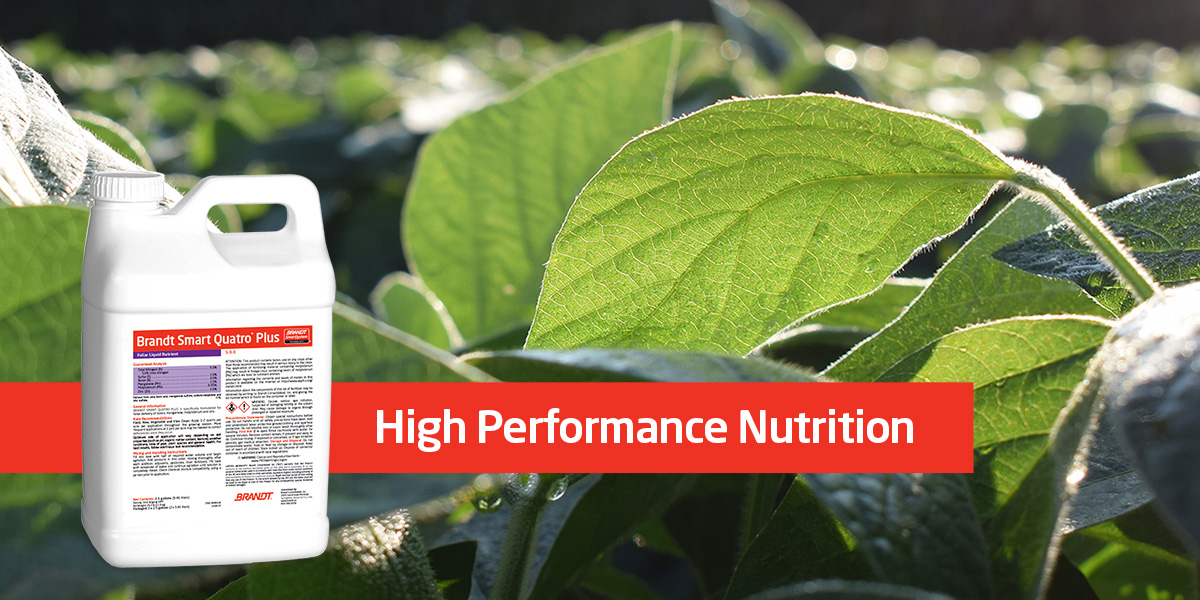Purdue Analysis Cuts Ethanol Greenhouse Gas Emission Estimates
Revisions to a Purdue University economic analysis have cut about 10% of the total emissions expected from an increase in corn ethanol production.
The findings, released in a report to the U.S. Department of Energy’s Argonne National Laboratory, show that ethanol could be a somewhat better option than previously thought for reducing greenhouse gas emissions. Wally Tyner, a Purdue agricultural economist and the report’s lead author, says revisions to the Global Trade Analysis Project (GTAP) model better reflect market conditions and land productivity than a 2009 report that showed corn ethanol wouldn’t significantly lower greenhouse gas emissions over gasoline.
"This is a new area," Tyner says. "We haven’t been faced with estimating land-use change related to biofuels ever before. The difference between this report and previous reports is advances in science. With any issue, your first cut may not be the best, but when you get new data and new methods, you improve."
The report considers land-use changes when calculating total greenhouse gas emissions from biofuels based on the U.S. program to increase corn ethanol production to 15 billion gallons by 2015. Those changes include the emissions created by converting forest or pasture land to cropland. The new analysis predicts emissions related to land-use change at 35% lower than previous analyses.
Purdue economists ran three new simulations through the GTAP model. The first used 2001 economic data as a base; the second updated the data through 2006; and the third used the updated 2006 data and assumed growth in population and crop yield through 2015.
The 2009 report showed that total — including land-use change — carbon dioxide emissions per megajoule for ethanol would be 86.3 grams. The three simulations in the new report predict 84.4 grams, 81.1 grams and 77.5 grams, respectively.
The third simulation, which Tyner says is probably the most accurate, reduces the amount of carbon dioxide that would be emitted by about 10%. But he warned that the numbers are still uncertain because the model contains many complex relationships, covers the entire globe, and includes data and parameters from a diversity of resources.
The new GTAP simulations evaluated ethanol emissions based on several new assumptions:
*Marginal land conversion data changed. Previous reports estimated that marginal lands converted to corn production would be two-thirds as productive as prime land. The new simulations used data from another model to predict productivity for land being brought into cultivation by country and by agro-ecological zone.
Tyner says the change had a large effect on decreasing the number of hectares of land needed to produce 1,000 gallons of ethanol.
"In Brazil, in particular, the production of the land that would come into use is much better than two-thirds," Tyner says. "It’s closer to one, or about as good as current land in use."
*About 60 million acres in the U.S. that had been converted from cropland to mostly pasture and some forest were re-evaluated. Tyner says that land would be more productive than other land considered marginal in the country.
*Energy sector demand and supply elasticities were revised. Tyner says new economic data has shown that consumers do not change consumption habits as drastically as once thought based on gasoline price changes.
"We were getting too large of a reaction in the model to price changes," Tyner says.
*Factors affecting the livestock sector were re-evaluated. New simulations assumed that distillers’ dried grains with solubles — an ethanol co-product used as livestock feed — would go primarily to dairy and cattle producers, mirroring actual usage.
The California Air Resources Board last year used GTAP predictions for ethanol emissions when drafting its low-carbon fuel standard, which aims to lower the state’s transportation carbon emissions 10 percent by 2020. At that time, GTAP predictions using land-use changes showed that ethanol wouldn’t significantly reduce greenhouse gas emissions over gasoline usage.
Tyner is a member of the California Air Resources Board Expert Working Group and said information from this report and other new data would be considered before that committee submits a final report to the board in December.
The Argonne National Laboratory was the major funder of the new study. Tyner says future simulations would add cellulosic biofuels to the analysis.






